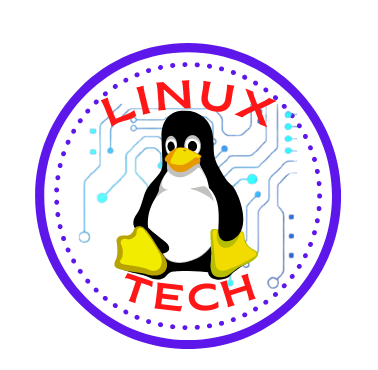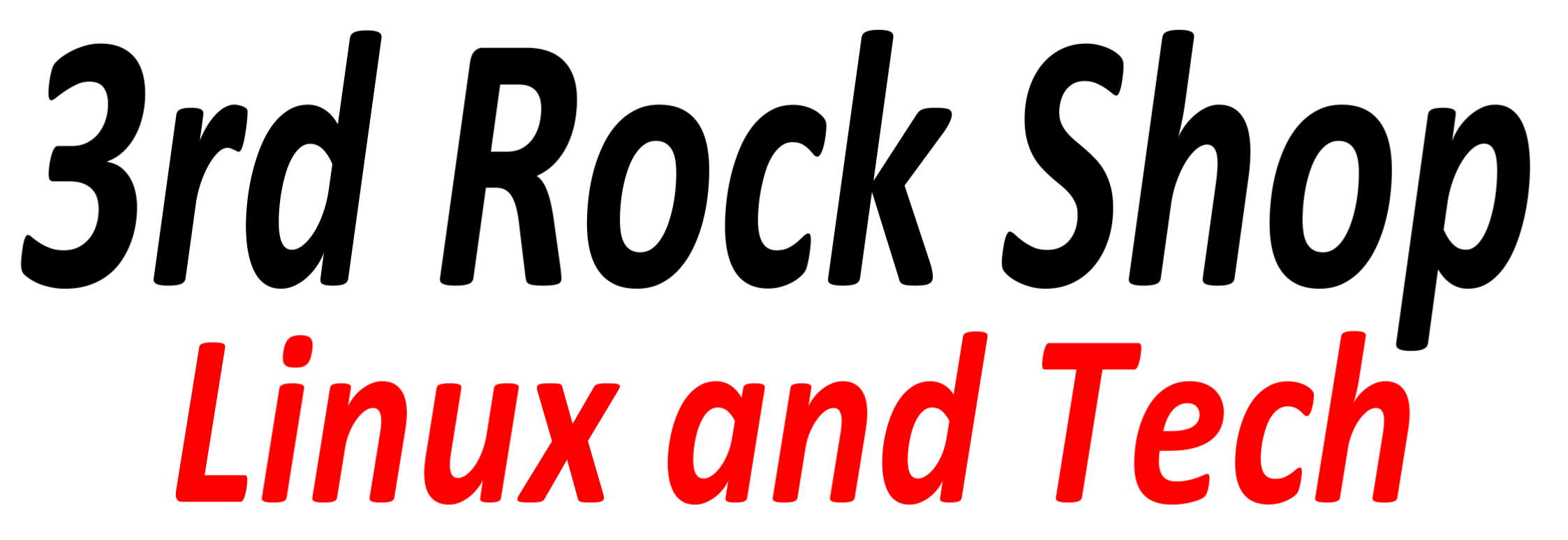Introduction to Red Hat
7 min readI. Introduction
A. Definition and Overview
B. Red Hat’s History and Foundation
II. Red Hat Enterprise Linux (RHEL)
A. Overview and Key Features
B. Long-Term Support (LTS) and Lifecycle Management
C. Subscription Model and Commercial Support
D. Security and Stability
III. Fedora
A. Overview and Purpose
B. Community-Driven Development
C. Frequent Releases and Cutting-Edge Features
D. Relationship with RHEL
IV. Red Hat OpenShift
A. Overview and Purpose
B. Kubernetes-Based Container Platform
C. Enterprise-Grade Features and Security
D. Hybrid Cloud and Multi-Cloud Support
V. Red Hat in the Enterprise
A. Adoption in Corporate Environments
B. Collaboration with Partners and ISVs
C. Success Stories and Case Studies
VI. Red Hat’s Contributions to Open Source
A. Involvement in the Linux Kernel and Open Source Projects
B. Upstream First Approach
C. Collaborative and Community-Driven Development
VII. Red Hat’s Influence on the IT Industry
A. Shaping the Enterprise Linux Market
B. Impact on Containerization and Cloud-Native Technologies
C. Pioneering Open Source Business Models
VIII. Conclusion
I. Introduction
A. Definition and Overview: Red Hat is a leading provider of open-source software solutions, renowned for its enterprise-focused products and services. It was founded in 1993 by Bob Young and Marc Ewing and has since grown to become one of the most influential companies in the open-source software industry. Red Hat’s core philosophy revolves around the principles of open-source development, community collaboration, and the belief that software should be accessible and modifiable by all.
B. Red Hat’s History and Foundation: Red Hat’s name is inspired by Ewing’s red Cornell University lacrosse cap, which became a symbol for his project of creating a more user-friendly and robust version of Linux. The company started as a distributor of the Red Hat Linux distribution, a free and community-driven operating system. Over the years, Red Hat expanded its offerings to encompass a wide range of enterprise solutions and services.
II. Red Hat Enterprise Linux (RHEL)
A. Overview and Key Features: Red Hat Enterprise Linux (RHEL) is a flagship product of Red Hat, catering to the needs of businesses and organizations that require a secure, reliable, and high-performance operating system. RHEL is built on the foundation of the Fedora project and the Linux kernel, ensuring stability and security. It is known for its enterprise-grade features, including multi-architecture support, containerization capabilities, and robust security features.
B. Long-Term Support (LTS) and Lifecycle Management: RHEL follows a predictable release cycle, with new versions typically released every few years. Each RHEL version receives long-term support (LTS) for approximately ten years, providing businesses with stability and predictability in their IT environments. This LTS approach ensures that RHEL is a suitable choice for mission-critical applications and environments that require uninterrupted support.
C. Subscription Model and Commercial Support: Red Hat’s business model revolves around a subscription-based service for RHEL. With a subscription, customers receive access to software updates, security patches, and technical support. This commercial support model has been a key driver for Red Hat’s success in the enterprise market, as it provides businesses with the confidence and assurance they need to run critical workloads on RHEL.
D. Security and Stability: RHEL’s reputation for security is bolstered by its involvement in security audits, bug fixes, and vulnerability patches from its inception. Red Hat actively contributes to the security of the Linux ecosystem by collaborating with the open-source community and other vendors to address security issues promptly. RHEL’s stability is a result of its extensive testing and certification process before new releases are made available to customers.
III. Fedora
A. Overview and Purpose: Fedora is a community-driven Linux distribution sponsored by Red Hat. It serves as a testing ground for features and technologies that eventually find their way into RHEL. Fedora operates under the “First” principle, where it aims to be the first to adopt and showcase the latest advancements in the open-source world.
B. Community-Driven Development: Fedora’s development process is open to contributions from the community, including developers, testers, translators, and documentation writers. This collaborative approach ensures a vibrant and innovative distribution that embraces new ideas and technologies.
C. Frequent Releases and Cutting-Edge Features: Fedora releases new versions approximately every six months, providing users with access to the latest features and updates. Its regular release cycle and focus on staying at the cutting edge of open-source software make it an attractive choice for enthusiasts and developers seeking the latest innovations.
D. Relationship with RHEL: As the upstream project for RHEL, Fedora serves as a testing and development ground for many features that eventually find their way into RHEL. Red Hat leverages the Fedora community’s expertise and contributions to enhance and fine-tune features for enterprise use.
IV. Red Hat OpenShift
A. Overview and Purpose: Red Hat OpenShift is a Kubernetes-based container platform designed for modern application development and deployment. It provides developers with a comprehensive platform to build, deploy, and scale containerized applications seamlessly.
B. Kubernetes-Based Container Platform: OpenShift is built around Kubernetes, an open-source container orchestration platform. It abstracts away the complexities of managing containers, allowing developers to focus on writing code and deploying applications quickly and efficiently.
C. Enterprise-Grade Features and Security: OpenShift offers enterprise-grade features such as automated scaling, high availability, monitoring, and integrated developer tools. It is designed to meet the demands of mission-critical applications and provides robust security mechanisms to protect containerized workloads.
D. Hybrid Cloud and Multi-Cloud Support: OpenShift is designed to run consistently across various cloud environments and on-premises infrastructure. This multi-cloud approach gives organizations the flexibility to deploy and manage applications seamlessly across different cloud providers and data centers.
V. Red Hat in the Enterprise
A. Adoption in Corporate Environments: Red Hat’s products, particularly RHEL and OpenShift, have gained widespread adoption in corporate environments due to their reliability, security, and support offerings. Many Fortune 500 companies and government organizations rely on Red Hat’s solutions to power their IT infrastructure.
B. Collaboration with Partners and ISVs: Red Hat collaborates with an extensive ecosystem of partners and independent software vendors (ISVs) to ensure compatibility and support for a wide range of applications on its platforms. This collaborative approach enhances the usability and availability of Red Hat’s solutions for customers.
C. Success Stories and Case Studies: Red Hat’s success stories are evident across various industries, including finance, healthcare, telecommunications, and government. Organizations have experienced improved operational efficiency, cost savings, and increased innovation through the adoption of Red Hat’s solutions.
VI. Red Hat’s Contributions to Open Source
A. Involvement in the Linux Kernel and Open Source Projects: Red Hat is a significant contributor to the Linux kernel and various open-source projects. Its developers actively participate in improving and enhancing the core components of Linux and other essential software.
B. Upstream First Approach: Red Hat follows an “upstream first” approach, which means that the company prioritizes contributing changes and improvements to upstream projects before incorporating them into its products. This approach benefits the wider open-source community and ensures a collaborative and transparent development process.
C. Collaborative and Community-Driven Development: Red Hat’s commitment to open-source development is evident in its active collaboration with the community. The company encourages its developers to engage with upstream projects and the broader open-source community to promote innovation and foster new ideas.
VII. Red Hat’s Influence on the IT Industry
A. Shaping the Enterprise Linux Market: Red Hat’s success in the enterprise market has played a crucial role in establishing Linux as a viable and robust alternative to proprietary operating systems. Its subscription-based business model and enterprise-grade support have set standards for the Linux industry.
B. Impact on Containerization and Cloud-Native Technologies: Through OpenShift and other container-related initiatives, Red Hat has been at the forefront of driving containerization and cloud-native technologies. Its contributions to Kubernetes and the container ecosystem have significantly shaped the direction of modern application development.
C. Pioneering Open Source Business Models: Red Hat’s success in the enterprise market has demonstrated the viability of open-source business models. Its approach of providing enterprise-grade solutions, combined with commercial support,
Red Hat has emerged as a trailblazer in the world of open-source software, pioneering the way for Linux and other open-source technologies in the enterprise space. Through their commitment to open-source principles, collaborative development, and top-notch support, Red Hat has set the gold standard for the integration of Linux in business environments.
Red Hat Enterprise Linux (RHEL) remains a top choice for mission-critical workloads, offering robust performance, security, and long-term stability. Additionally, Red Hat’s involvement in the community has contributed to the advancement of open-source projects, benefitting not only their customers but also the wider technology community.
As the open-source movement continues to shape the future of technology, Red Hat’s influence will undoubtedly continue to grow, serving as an inspiration to organizations and individuals embracing the power of open-source innovation.
In summary, Red Hat’s success story exemplifies the potential of open-source software to revolutionize enterprise computing and reaffirms the core values of collaboration, transparency, and community-driven development at the heart of the open-source movement. With Red Hat leading the way, Linux and open-source software continue to redefine the boundaries of what’s possible in the modern technological landscape.

